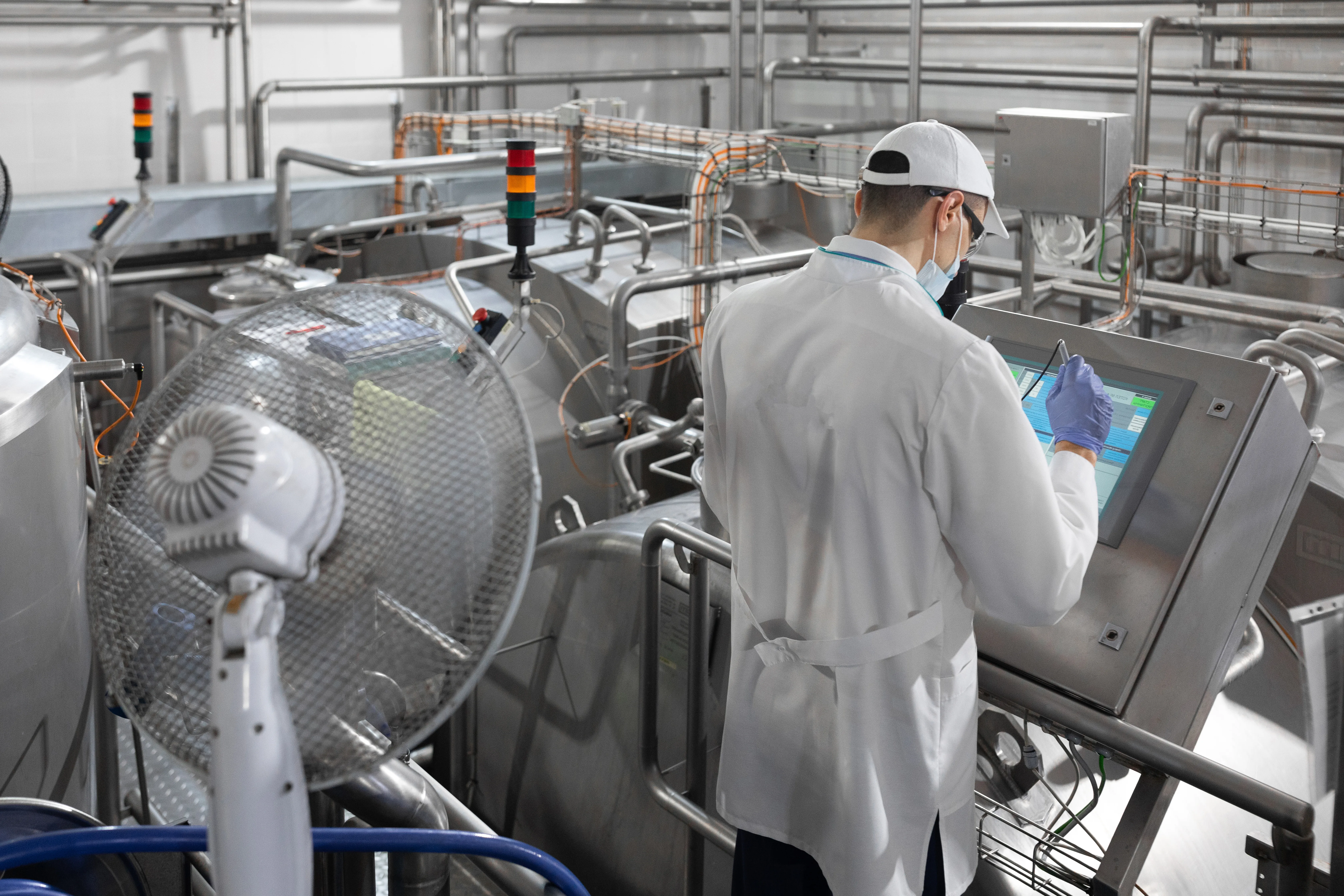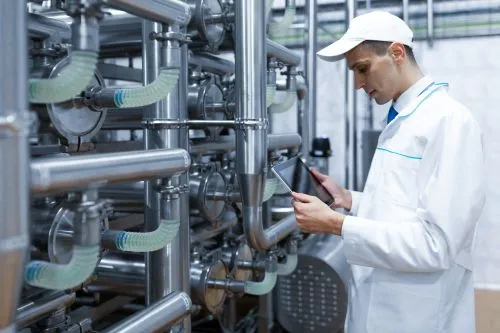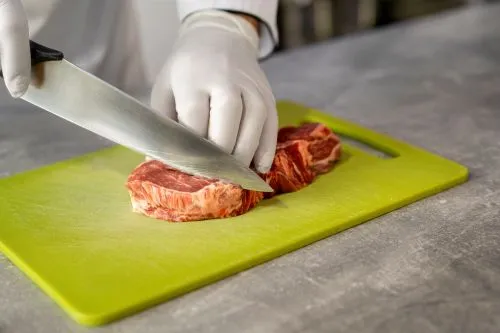1087

AllAboutFeed reports that Innov’Space 2023 awarded the most interesting innovations in the field of animal nutrition. Here are some of them.
Counting insect larvae in their substrate
The Dosin’Tec equipment is designed to assist in counting growing insect larvae, especially the black soldier fly and mealworm. The tool allows for the counting of insect larvae in reproduction without separating them from their growth substrate.
The innovation is based on the application of a deep learning algorithm for analyzing images that are successively exposed to dual illumination.
In the larval stage, small larvae are abundant, and their systematic burial in the substrate filled with food particles makes it difficult to assess the population in real-time in breeding units. The product enables the identification of up to 95% of larvae regardless of size and heterogeneity.
Reducing methane in ruminants
Bovaer 10, with over 50 on-farm trials and over 50 peer-reviewed publications, is a feed supplement that reduces enteric methane emissions, contributing to a significant and immediate reduction in the environmental footprint of meat, milk, and dairy products.
It is composed of 10% 3-nitrooxypropanol (3-NOP), its active substance. Results have shown an average reduction of 30% in methane emissions from dairy cows and 45% in finishing beef cattle.
It is now authorized and available for sale in over 35 countries, including the EU, Australia, Brazil, Chile, Pakistan, Switzerland, and Turkey.
Automatic counting of BSF larvae
Black soldier fly larvae offer a promising solution for finding alternative protein sources with high protein content and reduced environmental impact. They can replace fishmeal and soy, providing essential amino acids for animal feed.
This emerging sector faces a major challenge: quality control. Previously done manually, inspecting hundreds of millimeter-sized larvae is a laborious task.
Alternative solution against Eimeria and Clostridia risks in poultry
A study demonstrated the action of Forcix PY components at different stages of the Eimeria cycle, without affecting epithelial cells, by measuring the efficacy/toxicity ratio of each tested ingredient.
The product benefits from its own Idena ECHV technology and is a combination of bioactive substances that have demonstrated their benefits in vitro for both Eimeria risk management and Clostridium.
Calculating economic and autonomous ratios
Optim’Al has been updated with the new features of the INRA 2018 system and incorporates constraints regarding protein dependence during its optimization calculation. This new version is available online in an intuitive and user-friendly web application.
The user first enters the characteristics of the target animal and then lists the feeds to be included in the optimization calculation.
The food characteristics are managed in a specific table of the tool, allowing it to work with predefined foods or custom foods. After calculation, the tool provides the least costly and/or most autonomous diet to meet the needs of the target animal.
Hay bales with distribution support
The proposed solution for tail biting is a sustainable source of fiber to reduce aggression. Offered in the form of 20 kg dehydrated alfalfa bales, the solution is efficient in animal growth and at the experimental farm of the pig breeding cooperative Cooperl.
To optimize the concept, the development of a specific distribution rack was necessary, with the challenge being to allow access to the bale without generating frustration or excessive consumption.
The average durability of a bale is 8 weeks for 20 piglets, but its use can be considered curative as soon as the first signs of cannibalism appear.





